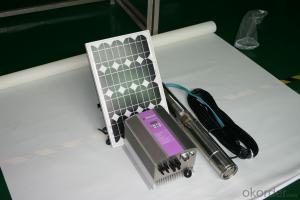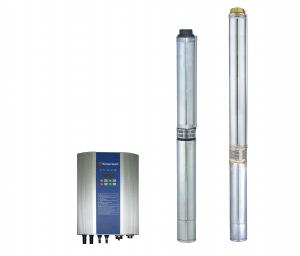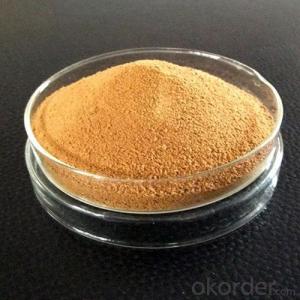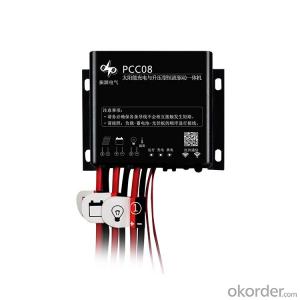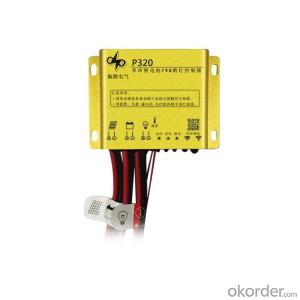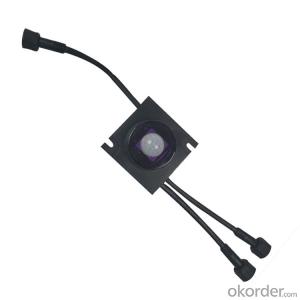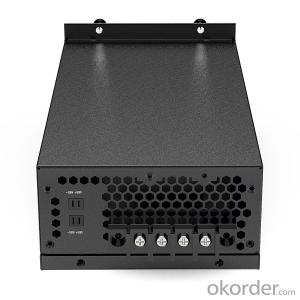Jfy Solar Pumping Inverter
Jfy Solar Pumping Inverter Related Searches
Quality Solar Inverter Construction Of Solar Inverter Use Of Solar Inverter Application Of Solar Inverter Solar Light Inverter Efficiency Of Solar Inverter Cost Of Solar Inverter Components Of Solar Inverter Uses Of Solar Inverter Benefits Of Solar InverterHot Searches
Type Of Inverter For Solar Types Of Inverter For Solar Used Solar Inverter For Sale Inverter Size For Solar System Solar Edge Inverter For Sale 5kw Solar Inverter For Sale Solar Inverter For Sale Solar Inverter For Battery Solar Inverter For Split Ac Solar Inverter For Laptop Solar Inverter For Fridge Inverter Solar System Price Type Of Inverter For Solar Solar Edge Inverter For Sale Solar Inverter For Sale Solar Inverter For Battery Solar Inverter For Laptop Solar Inverter For Fridge Solar With Inverter Price Solar Inverter With 2 BatteryJfy Solar Pumping Inverter Supplier & Manufacturer from China
Okorder.com is a professional Jfy Solar Pumping Inverter supplier & manufacturer, offers integrated one-stop services including real-time quoting and online cargo tracking. We are funded by CNBM Group, a Fortune 500 enterprise and the largest Jfy Solar Pumping Inverter firm in China.Hot Products
FAQ
- A solar controller handles different battery chemistries by adjusting its charging algorithm and voltage settings to match the specific requirements of each battery chemistry. This allows the controller to provide the optimal charging and maintenance for different types of batteries, such as lead-acid, lithium-ion, gel, or AGM.
- The maximum output voltage for a solar controller typically depends on its design and specifications. However, in general, most solar controllers have a maximum output voltage of around 12 to 24 volts, which is commonly used for charging batteries in solar power systems.
- Solar controller 10a, a represents what
- A, represents the current. Indicates the current that is allowed to pass during operation of the controller.
- A solar controller manages fluctuations in solar panel output by continuously monitoring the generated voltage and current. It regulates the flow of energy from the solar panels to the battery or grid to ensure a stable and consistent power supply. The controller adjusts the charging parameters, such as voltage and current levels, to match the changing output of the solar panels, ensuring efficient energy transfer and preventing damage to the battery system.
- Yes, a solar controller can be used with a solar-powered CCTV system. A solar controller helps to regulate and optimize the charging of the solar panels, ensuring maximum efficiency and safety. It also helps manage the power distribution to the CCTV system, protecting it from overcharging or discharging. Therefore, using a solar controller is essential for maintaining the reliability and longevity of a solar-powered CCTV system.
- The purpose of the battery voltage regulation feature on a solar controller is to guarantee that the batteries linked to the solar system are charged and kept at an ideal voltage level. Electricity is generated by solar panels from the sun, usually transformed into DC (direct current) electricity. This DC electricity is then stored in batteries for future use, particularly during periods of low sunlight or at night when the solar panels are not producing power. Nevertheless, it is crucial to control the voltage of the batteries to avoid overcharging and undercharging, which can significantly decrease their lifespan and decrease their overall efficiency. The battery voltage regulation feature oversees the voltage level of the batteries and adjusts the charging process accordingly. When the batteries reach their maximum charge level, the solar controller will either halt or lessen the charging current to prevent overcharging. Similarly, if the battery voltage falls below a specific threshold, the solar controller will amplify the charging current to recharge the batteries and prevent undercharging. By preserving the batteries at an optimal voltage level, the battery voltage regulation feature aids in extending their lifespan, enhancing their performance, and ensuring a dependable power supply from the solar system. It also aids in safeguarding the overall integrity of the solar system by preventing potential damage to the batteries or other connected components caused by improper charging.
- Indeed, a solar controller has the potential to be utilized within a grid-tied solar power system. However, it is imperative to acknowledge that the primary function of a solar controller lies in regulating the charging and discharging of batteries within an off-grid solar system. In the case of a grid-tied system, the solar panels are directly connected to the utility grid, rendering battery storage unnecessary. Within a grid-tied solar power system, the role of the solar controller is confined to monitoring the performance of the solar panels and ensuring efficient electricity production. The controller may also offer data logging and monitoring capabilities, enabling the system owner to monitor energy production and consumption. Although a solar controller is not a crucial component in a grid-tied system, it can still prove advantageous for the purposes of system monitoring and maintenance. It provides valuable insights into the system's performance and aids in troubleshooting any potential issues that may arise. Moreover, certain solar controllers offer advanced features like MPPT (Maximum Power Point Tracking) technology, which optimizes the energy output of the solar panels, even within a grid-tied system. All things considered, while not essential, a solar controller can still be utilized within a grid-tied solar power system to elevate monitoring and optimization capabilities.
- Certainly! Solar-powered pool heating systems can definitely utilize a solar controller. In fact, a solar controller plays a vital role in these systems. Its main function is to regulate and manage the water flow within the solar panels, ensuring that the heating efficiency is at its best. By constantly monitoring the temperature of both the pool water and the solar collectors, the solar controller is able to make necessary adjustments to the flow rate and diverting valves, effectively directing the water through the solar collectors for optimal heating. Moreover, the solar controller can also provide valuable information regarding the system's performance and energy savings. This enables users to keep track of and optimize their pool heating system accordingly. Therefore, it is highly recommended to incorporate a solar controller into a solar-powered pool heating system in order to fully maximize the advantages of solar energy for pool heating.




















